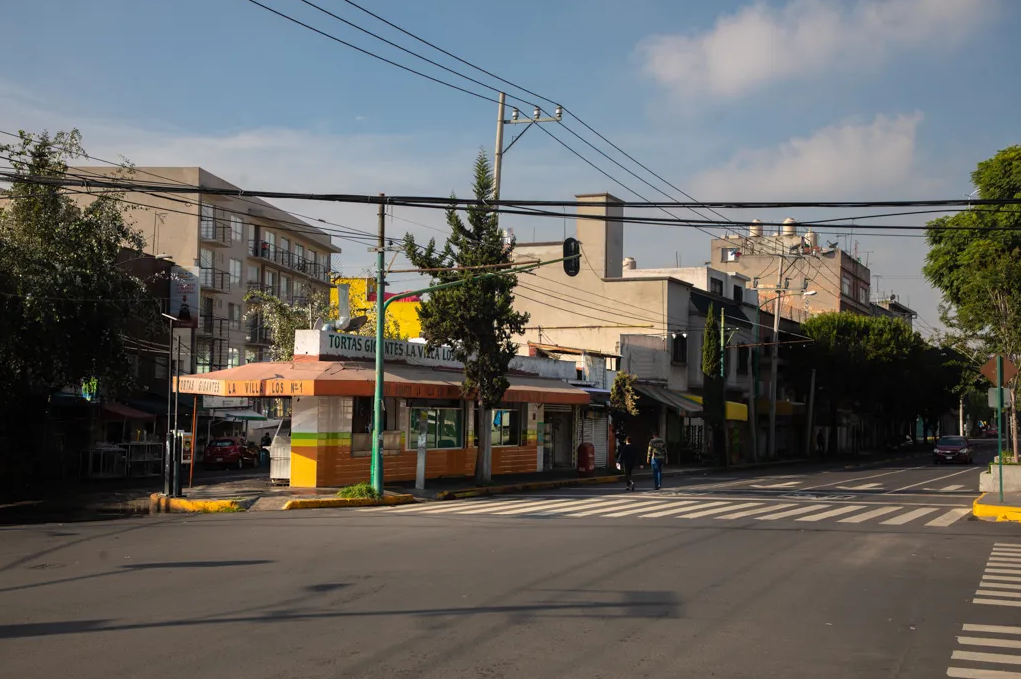

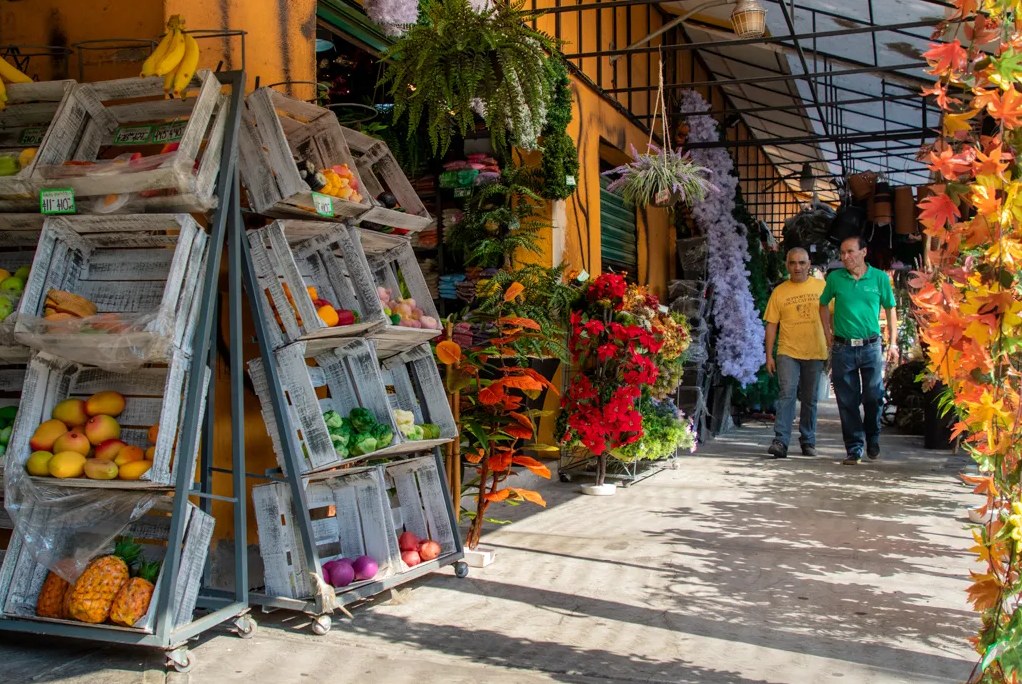
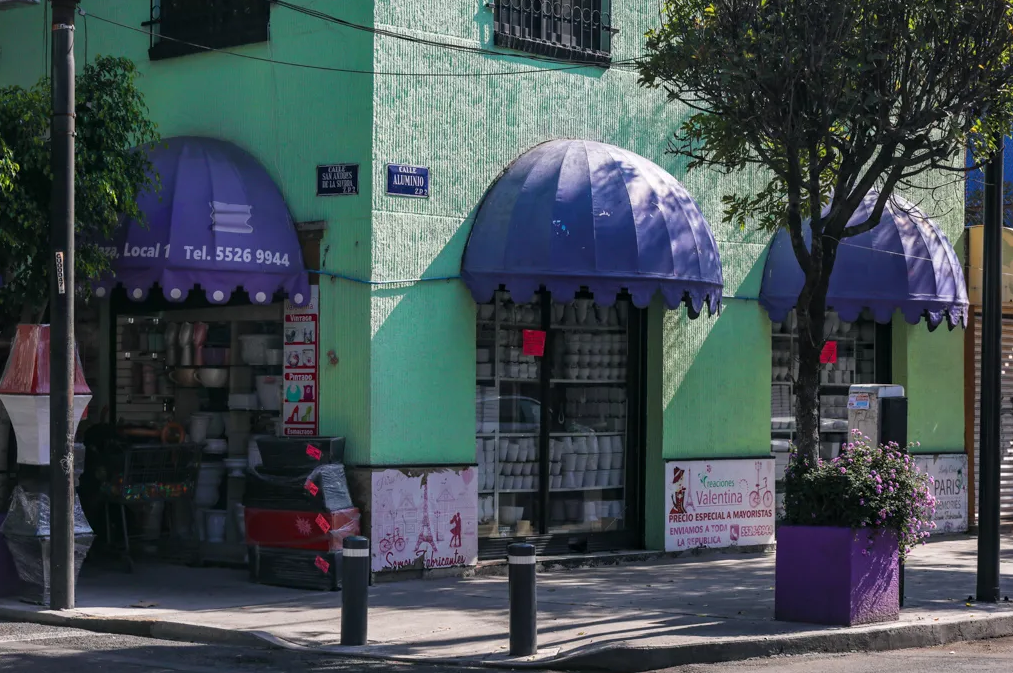
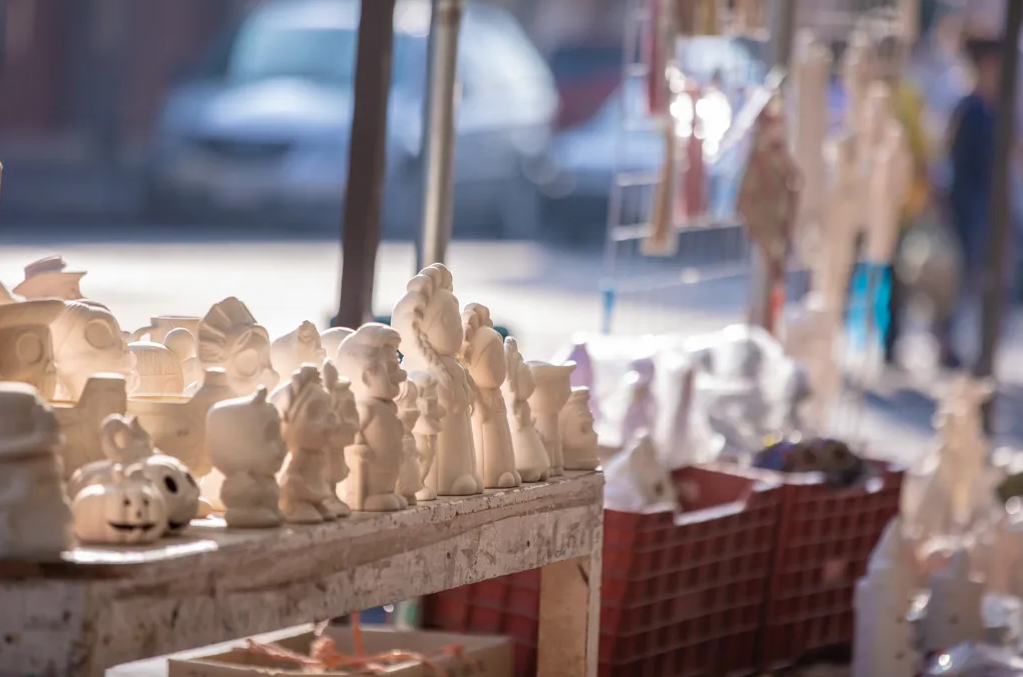
The Colonia Maza is one of the least known neighborhoods in central Mexico City. Today, it’s known for the concentration of craft and curios shops and it’s a great place to pause before the walk to La Villa. It’s also a very good place to learn about the ancient history of the Calzada de los Misterios, and the pilgrimage route to the Basilica de Guadalupe.
That route, principally along Misterios and later along the Calzada de Guadalupe, has long been crowded with vendors and sales people anxious to make money off the pilgrims. In ancient times, the route departed from Tepito, itself historically associated with the giant market of Tlatelolco.
During those years, pilgrims crossed the celebrated dike built by the emperor Nezahualcoyotl in 1449. It began here and extended across the lake, northward, to a shrine of the goddess Tonantzin Coatlaxopeuh. The small temple of Tepito likely played some role at least as a setting off point for those heading north.
But the Colonia Maza dates to somewhat later. By that time the ancient dyke was all but forgotten and the Calzada de los Misterios had long been paired with the Calzada de Guadalupe. In 1894, a subdivision of an old ranch called La Vaquita was created here. The subdivision was named for the owner of that ranch, one José Maza. Homes were already being built in the late Porfiriato periodalthough the original colonia included neighboring Felipe Pescador. Residents there broke away from Maza in the mid-20th century.
The neighborhood grew up around the railroad station and a customs shop that occupied the old Peralvillo Garrison, today the Indigenous People’s Museum. In the 19th century, authorities converted it to police and tax pulque being moved into Mexico City from distant Hidalgo state. But all the while, the vendors tending to the pilgrims remained.
Today, the neighborhood is best-known for the craft, artisan, and souvenir shops that remain from the neighborhood’s long history at the starting point of the Calzada de Guadalupe. Today, they’ve shifted their focus to more decorative crafts. Dried flowers are a neighborhood specialty. But the shops here share a long history with the many markets further up the causeway, la Villita in particular.
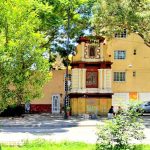
Nearest at 0.25 kms.

Nearest at 0.31 kms.
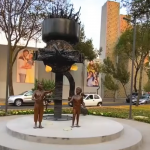
Nearest at 0.33 kms.
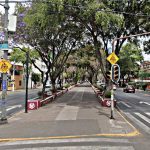
A fine pilgrimage route makes the perfect promenade for strolling, too . . .
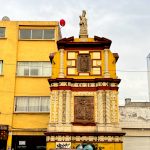
The Fifth Glorious Mystery on the pilgrimage route the Basilica . . .
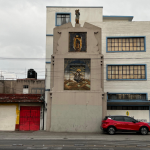
The Fourth Glorious Mystery on the ancient pilgrimage route to the Basilica . . .
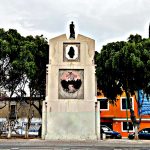
The Third Glorious Mystery on the ancient pilgrimage route . . .
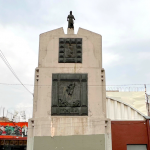
The Second Glorious Mystery along the ancient route to Tepeyac . . .